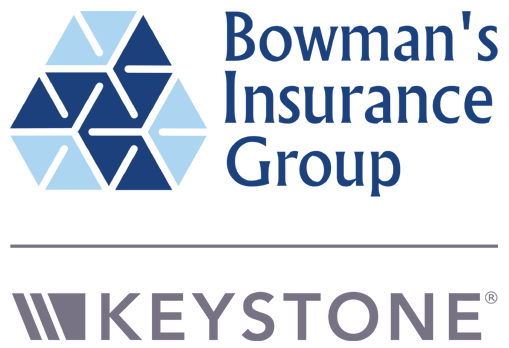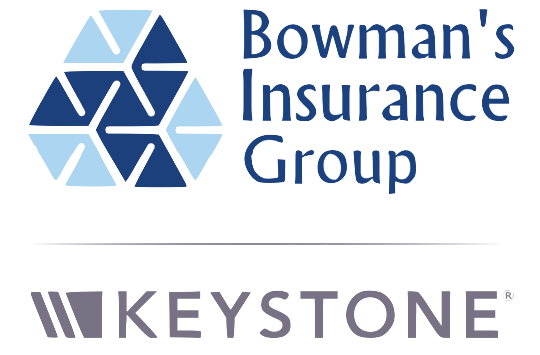
A "Proof of Loss" is an essential document in the insurance claims process, particularly for property and casualty claims in Pennsylvania. It serves as a formal statement provided by the policyholder to the insurance company, outlining the details of the loss, including the value of the claim. Filing this document correctly and promptly is critical for ensuring your claim is processed without delays.
In this guide, we’ll explain what a Proof of Loss is, when it’s required, how to file it, and tips for avoiding common mistakes.
What Is a Proof of Loss?
A Proof of Loss is a sworn statement that verifies your claim and provides the insurance company with the necessary details to evaluate and settle your claim. It typically includes:
- The date and type of loss (e.g., fire, theft, or weather damage).
- A detailed inventory of damaged or lost property.
- The estimated value of the loss.
- Supporting documentation such as receipts, repair estimates, and photos.
- Policyholder information and policy number.
When Is a Proof of Loss Required?
In Pennsylvania, a Proof of Loss is generally required for property damage or loss claims, such as:
- Homeowners Insurance Claims: Fire, theft, vandalism, or natural disasters.
- Commercial Property Insurance Claims: Damage to a business location or inventory.
- Auto Insurance Claims: In some cases, for vehicle damage or total loss.
Your insurance policy will specify when a Proof of Loss is necessary and the deadline for filing it. Most insurers require this document to be submitted within 60 days of the loss, but this timeframe may vary.
Steps to Filing a Proof of Loss
1. Notify Your Insurance Company
Contact your insurer as soon as possible after the loss occurs. They will provide instructions on how to proceed and whether a Proof of Loss is required for your claim.
2. Review Your Policy
Familiarize yourself with your policy’s requirements, including coverage limits, exclusions, and deadlines for submitting a Proof of Loss.
3. Gather Documentation
Prepare all necessary information and evidence to support your claim, including:
- Photos or Videos: Document the damage thoroughly before making any repairs.
- Receipts and Invoices: Provide proof of ownership and the value of damaged or lost items.
- Repair Estimates: Obtain written estimates for repairs from licensed contractors or professionals.
4. Complete the Proof of Loss Form
Many insurance companies provide a specific form for submitting a Proof of Loss. Fill it out carefully, including:
- A description of the loss or damage.
- The estimated value of each item or repair.
- Your signature, affirming that the information provided is accurate.
5. Submit the Proof of Loss
Send the completed form and supporting documents to your insurance company within the required timeframe. Keep copies for your records and confirm receipt with your insurer.
What Happens After Filing a Proof of Loss?
Once your insurer receives the Proof of Loss, they will:
- Review the Claim: The insurance adjuster will evaluate the submitted information and inspect the damage if necessary.
- Request Additional Information: If any details are missing or unclear, the insurer may ask for further documentation.
- Make a Settlement Offer: Based on their assessment, the insurer will offer a settlement amount to cover the loss.
If you disagree with the settlement amount, you have the right to negotiate or dispute the decision.
Common Mistakes to Avoid
To ensure your claim is processed smoothly, avoid these common pitfalls:
- Missing the Deadline: Late submission of a Proof of Loss can result in claim denial.
- Providing Incomplete Information: Ensure all required fields and supporting documents are included.
- Underestimating the Loss: Be thorough when documenting the value of damaged or lost property.
- Failing to Keep Copies: Always keep copies of your Proof of Loss and related documents for your records.
Tips for Filing a Successful Proof of Loss
- Stay Organized: Maintain a detailed inventory of your property and update it regularly to simplify the claims process.
- Communicate Clearly: Work closely with your insurance company and provide timely updates if additional documentation is needed.
- Seek Professional Help: For large or complex claims, consider hiring a public adjuster to assist with filing your Proof of Loss and negotiating with the insurer.
Legal Considerations in Pennsylvania
In Pennsylvania, policyholders have specific rights and responsibilities under state law, including:
- Timely Payment: Insurers must settle claims promptly after receiving all required documentation.
- Right to Appeal: If your claim is denied, you have the right to appeal the decision or pursue legal action.
If you feel your claim is being unfairly delayed or denied, consult an attorney for guidance.
How Bowman's Insurance Group Can Help
At Bowman's Insurance Group, we understand how overwhelming the claims process can be, especially when dealing with property damage or loss. Our team is here to:
- Explain your policy’s requirements for filing a Proof of Loss.
- Provide guidance on documenting and submitting your claim.
- Advocate on your behalf to ensure a fair settlement.
Related Resources
Final Thoughts
Filing a Proof of Loss in Pennsylvania doesn’t have to be complicated if you’re prepared and proactive. By understanding your policy, gathering thorough documentation, and following your insurer’s guidelines, you can expedite the claims process and secure the compensation you’re entitled to.
If you have questions about your insurance coverage or need assistance filing a claim, contact Bowman's Insurance Group today. Our experienced team is here to support you every step of the way.













